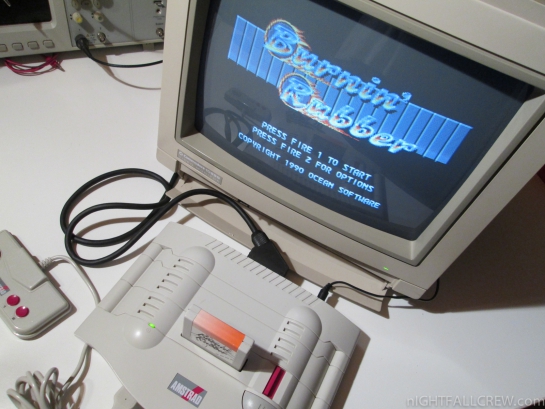
Autopsy:
from Wikipedia:
The GX4000 was Amstrad’s short-lived attempt to enter the games console market. The console was released in Europe in 1990 and was an upgraded design based on the then still-popular CPC technology. The GX4000 shared hardware architecture with Amstrad’s CPC Plus computer line, which were released concurrently, this allowed the system to be compatible with the majority of CPC Plus software.
The GX4000 was both Amstrad’s first and only attempt at entering the console market. Although offering enhanced graphics capabilities, it failed to gain popularity in the market, and was quickly discontinued, selling 15,000 units in total.
James Harding of The Times said that the console was “promptly outgunned by the 16-bit Sega Mega Drive and Super Nintendo – it failed the cardinal test of entrepreneurship: stamina.”
After months of speculation, the GX4000 was officially announced along with the 464 plus, and 6128 plus computers at the CNIT Centre in Paris in August 1990. The system was launched a month later in four countries, Britain, France, Spain, and Italy, priced at £99.99 in Britain, and 990f in France, software was priced at £25 for most titles. The racing game Burnin’ Rubber, a power pack, and two controllers were bundled with the machine.
Initial reviews of the console were favourable, with CVG calling it a “neat looking and technically impressive console that has an awful lot of potential at the very low price of £99″, but while impressed by the graphical capabilities, they criticised the audio and controllers. ACE magazine came to a similar conclusion, stating that the system “puts the other 8-bit offerings to shame bar the PC-Engine”.
A marketing budget of £20 million was set aside for Europe, with the advertising focused on selling the GX4000 as a home alternative to playing arcade games, the tagline for the machine was “Bring the whole arcade into your home!”
source: wikipedia
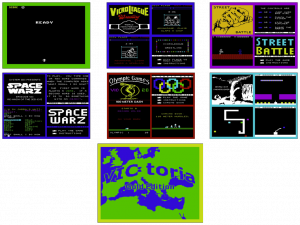 A package of new games for the Commodore VIC-20.
A package of new games for the Commodore VIC-20.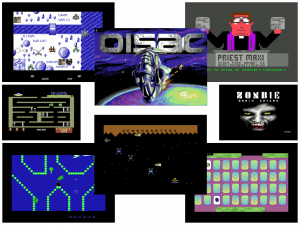
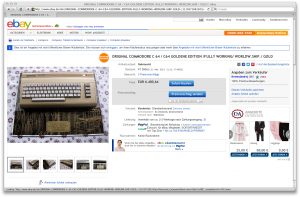
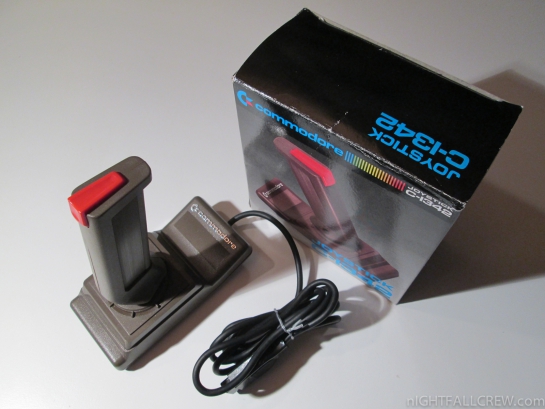
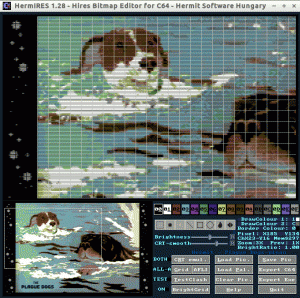
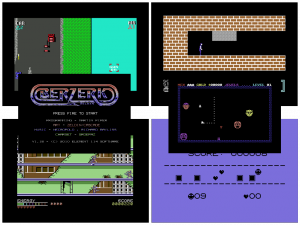
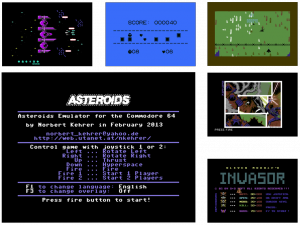











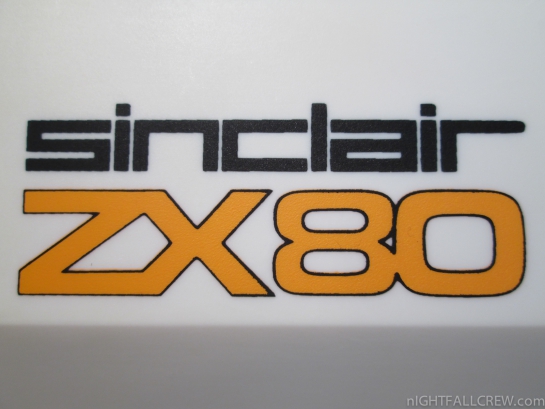















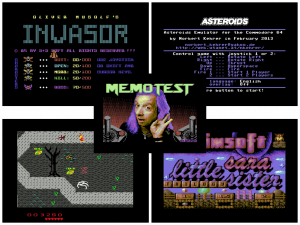
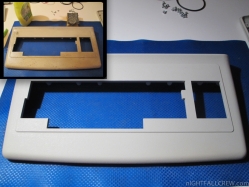
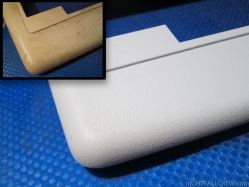
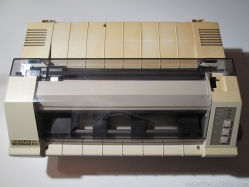







![Q-hop +4GD / Assembloids +2HD / Shaolin+ +2HD [pal/ntsc] ...](https://www.nightfallcrew.com/wp-content/uploads/2013/03/c64_05_03_2k13-300x225.png?fc00eb)



Recent Comments